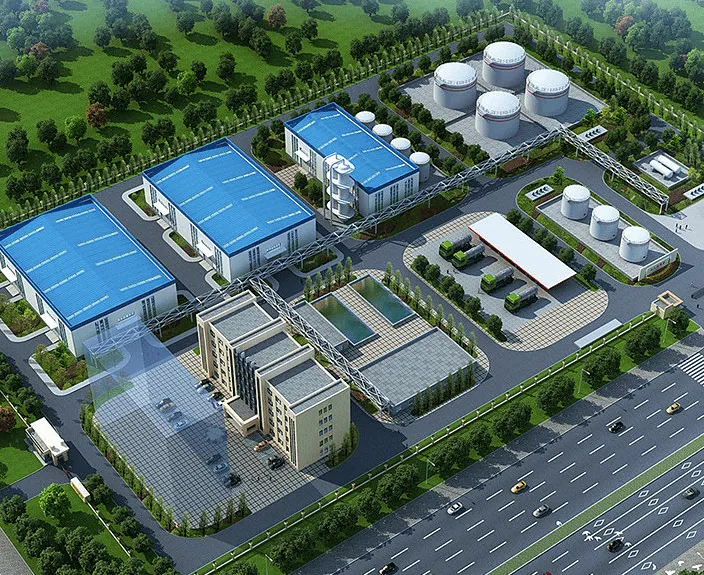Top Uses of Reinforcement Mesh in Construction Projects
Reinforcement mesh is one of the most vital components in modern construction. It provides strength, stability, and longevity to various concrete structures. Whether you’re constructing buildings, bridges, pavements, or fences, reinforcement mesh—also known as Welded Mesh—is an essential material that enhances structural integrity and reduces the risk of cracking or collapse. In this article, we explore the top uses of reinforcement mesh, its variations such as welded wire fence, iron wire mesh, and woven wire mesh, and why it continues to be the backbone of strong construction projects.

What Is Reinforcement Mesh?
Reinforcement mesh, often called welded mesh, is a grid made of steel wires that are welded together at the intersections. It is primarily used in concrete structures to distribute load evenly and prevent deformation. Available in different sizes and thicknesses, reinforcement mesh includes variations like iron wire mesh, woven wire mesh, and welded wire fence, each with unique advantages depending on the application. The mesh is designed for high tensile strength and corrosion resistance, making it ideal for long-term durability.
Common Applications in Construction
Concrete Slab Reinforcement
Concrete slabs are widely used in building foundations, floors, pavements, and driveways. Reinforcement mesh is embedded into the concrete slab to provide tensile strength and prevent cracking due to heavy loads or shifting soil. Welded mesh is preferred in slab construction due to its uniform spacing and easy installation, which speeds up the overall construction process while ensuring safety and durability.
Wall and Column Strengthening
Reinforcement mesh is also used in vertical concrete structures such as walls and columns. It enhances the load-bearing capacity of these elements and reduces the likelihood of cracks caused by thermal expansion or load stress. By using reinforcement mesh in walls and columns, builders can achieve both stability and resistance to seismic activity.
Bridge and Road Construction
Infrastructure projects like roads, highways, and bridges demand materials that can withstand high stress and environmental impact. Reinforcement mesh is crucial in reinforcing bridge decks, road surfaces, and curbs. Its durability ensures that the concrete elements maintain their integrity over time despite heavy traffic and weather conditions.
Industrial and Commercial Flooring
Heavy-duty floors in factories, warehouses, and commercial facilities require extra reinforcement. Reinforcement mesh is used in these settings to prevent floor damage caused by the constant movement of heavy machinery and vehicles. Welded mesh provides the necessary support to maintain surface strength and minimize wear and tear.
Precast Concrete Products
Many construction projects rely on precast concrete products such as beams, slabs, pipes, and panels. Reinforcement mesh is incorporated into these products during manufacturing to enhance their strength and reduce the risk of cracking or failure during transportation and installation. Iron wire mesh and welded mesh are commonly used in precast applications.
Comparing Mesh Types: Welded, Woven, and Iron Wire Mesh
While reinforcement mesh usually refers to welded mesh, it's important to understand the differences between other wire mesh types and their specific uses in construction.
Welded Wire Mesh
This is the most common type of Reinforcement Mesh, made by welding intersecting steel wires into a grid. It offers consistent spacing, easy handling, and excellent strength, making it ideal for concrete reinforcement. It's also used in welded wire fences for both construction safety and property security.
Iron Wire Mesh
Iron wire mesh is made from low carbon steel wire and is used in situations where moderate strength is sufficient. It’s often applied in light-duty construction tasks, fencing, or temporary enclosures. While not as strong as welded mesh, it is a cost-effective option for certain non-structural purposes.
Woven Wire Mesh
Unlike welded mesh, woven wire mesh is created by weaving wires over and under each other. It provides flexibility and is often used in architectural applications, filters, or protective barriers rather than structural reinforcement. Its role in construction is typically limited to decorative or non-load-bearing uses.
Benefits of Using Reinforcement Mesh
Reinforcement mesh provides several advantages in construction, making it a preferred choice across industries. It reduces construction time due to its easy installation and pre-fabricated structure. It improves load distribution, minimizes the risk of cracking, and enhances the overall life span of concrete structures. Additionally, using mesh like welded mesh or iron wire mesh can reduce material wastage and ensure better quality control during construction.
Welded Wire Fence: A Dual-Purpose Solution
In addition to structural reinforcement, welded wire mesh is often used as a welded wire fence in construction sites. It serves as a barrier to enhance safety, restrict unauthorized access, and protect materials and workers on-site. This dual-use functionality makes welded mesh one of the most versatile materials in the construction industry.
Conclusion
Reinforcement mesh is a cornerstone of modern construction. Whether you're laying concrete slabs, building bridges, or installing precast components, using the right type of mesh—be it welded mesh, iron wire mesh, or woven wire mesh—can significantly improve the strength, safety, and lifespan of your project. Its multiple applications and reliable performance make it an indispensable resource in the hands of engineers and builders worldwide.
Comments
Post a Comment